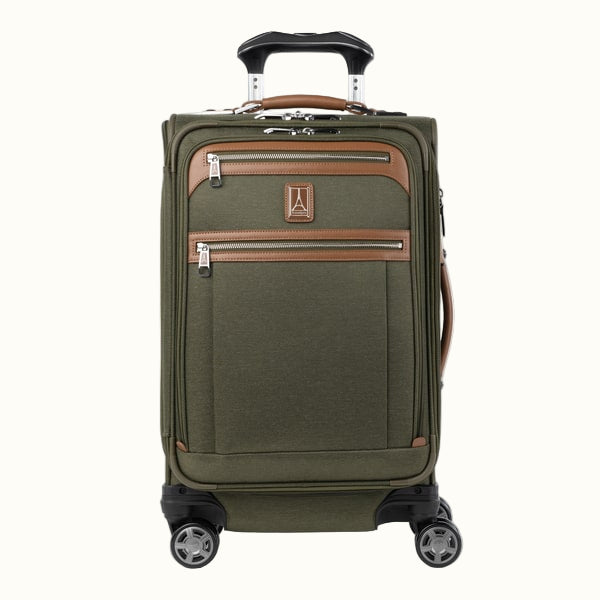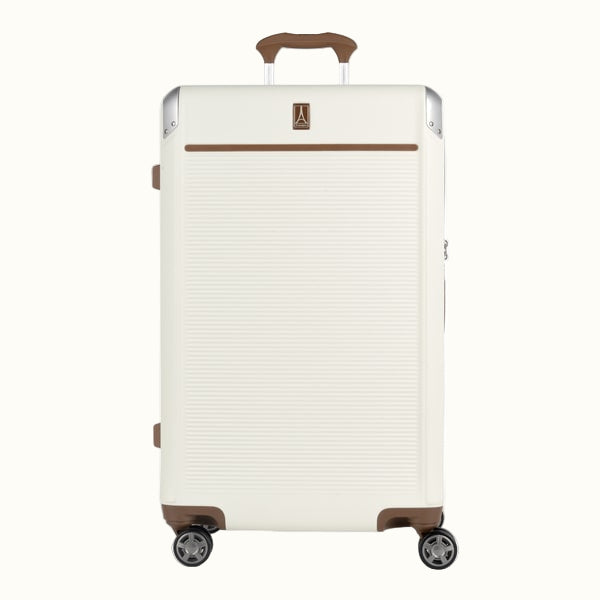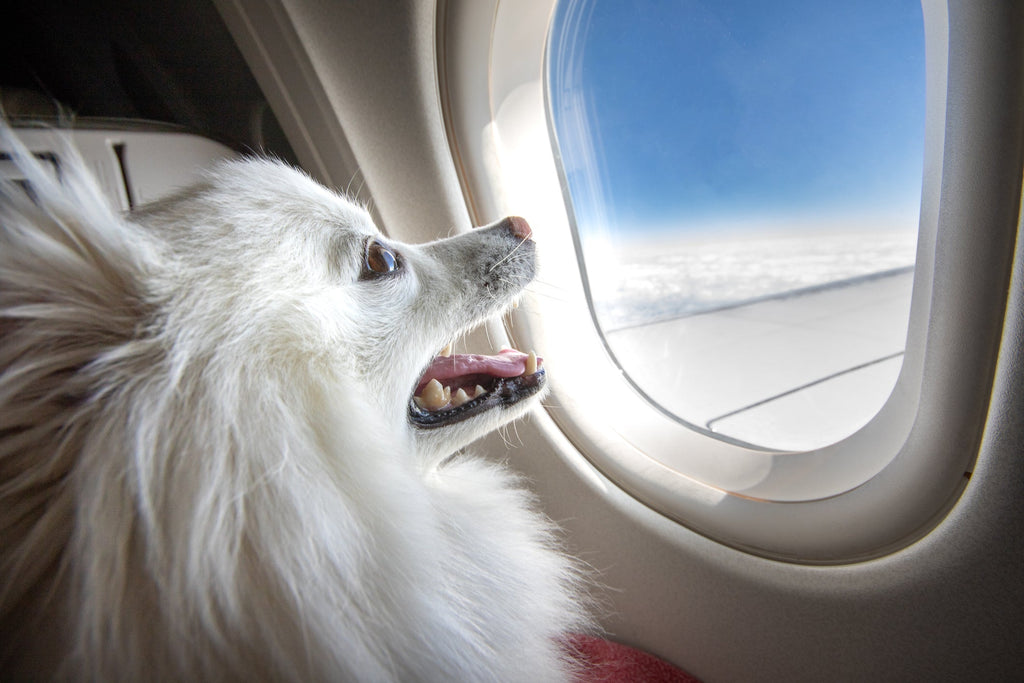Over half of all households have a dog, cat, or both. For most pet owners, traveling means leaving furry friends at home. Sometimes, however, bringing a pet on vacation can make the trip even more fun– if you do it right. Our guide below covers all the basics on how to safely travel with a cat, dog, or other pet by plane.
Understanding Airline Pet Policies
Considering whether to bring your pet on your trip? Start by knowing the rules of the air. While you and your emotional support pig might be best buds, he will never fly as a service animal. The US Department of Transportation has ruled that dogs are the only type of service animals allowed on commercial flights.
Flying with a dog is still possible, but if it is not a service animal, it will have to be contained in an approved crate. The same goes for felines. You can take your cat on a plane, but only in an appropriate carrier.
Important tip: Check with your airline well in advance. Some pet friendly airlines allow small pets in carriers under the seats, other airlines require animals to travel in cargo, and some carriers don't allow pets at all.
Preparing Your Pet for Air Travel
If your preferred airline allows pets, here is how to get them ready to fly:
-
Update Vaccinations – Contact your veterinarian to be sure all vaccinations are up-to-date and ask for records to keep on you while you travel.
-
Pick the Right Carrier – Your pet should be able to stand up, turn around, and lie down in the carrier. Smaller pets can be placed in pet carriers that you can secure to the top of ahard-sided rolling suitcase the way a personal item would.
-
Acclimate for Travel – Don’t wait until the day you leave to get your pet used to being in the carrier. The more comfortable they are in there, the less stress they will feel. You should also be sure they have access to water during the flight, but not food.
Your pet won’t understand what’s going on, but if they are used to getting into the crate and being transported, they won’t panic during travel.
Packing Smart for Pet Travel
Traveling with your cat, dog, or any animal means packing for them too. Transport frozen food using a Travelpro® Essentials Cooler that will keep it cold en route. Usepacking organizers to separate pet toys and accessories from your clothing, and trycompression bags and packing cubes to minimize bulk when packing beds or blankets.
Hardsided suitcases with divider panels add an extra layer of separation to keep pet goodies and pet hair away from everything else you pack.
Navigating Airport + Security
When you get to the airport, keep your pet in the travel carrier. You may only be required to take the pet out when you get to the checkpoint for screening. As the empty carrier goes through the x-ray machine, your pet can be carried or led on a leash.
Do your homework ahead of time to locate the airport’s pet relief areas, so you can encourage doing their business before boarding the flight. Some airports allow pets to be out of the carrier and on a leash until it's time to get on the plane.
In-flight Pet Tips
There are standard guidelines for how to board a plane with and without an animal in tow. Unless you have checked your crated pet as cargo, the only way you can take your pet cat or dog on a plane is inside of an approved carrier. The animal will have to be in the carrier when you board and remain in there until you are off the plane. The carrier must fit under the seat in front of you - not in the overhead bin.
Service dogs are not required to be in a carrier, but they must be approved by the airline in advance. Check the airline’s website for requirements and forms you will have to submit. Some airlines have limitations on the number of service animals allowed per plane, so be sure to inform the airlines as soon as you book your flight. It is important to note that ESAs (Emotional Support Animals) are not considered Service Animals and must adhere to the same rules as any other pet.
To sum it all up, traveling by plane with pets is possible, but knowing the proper procedures for how to fly with





